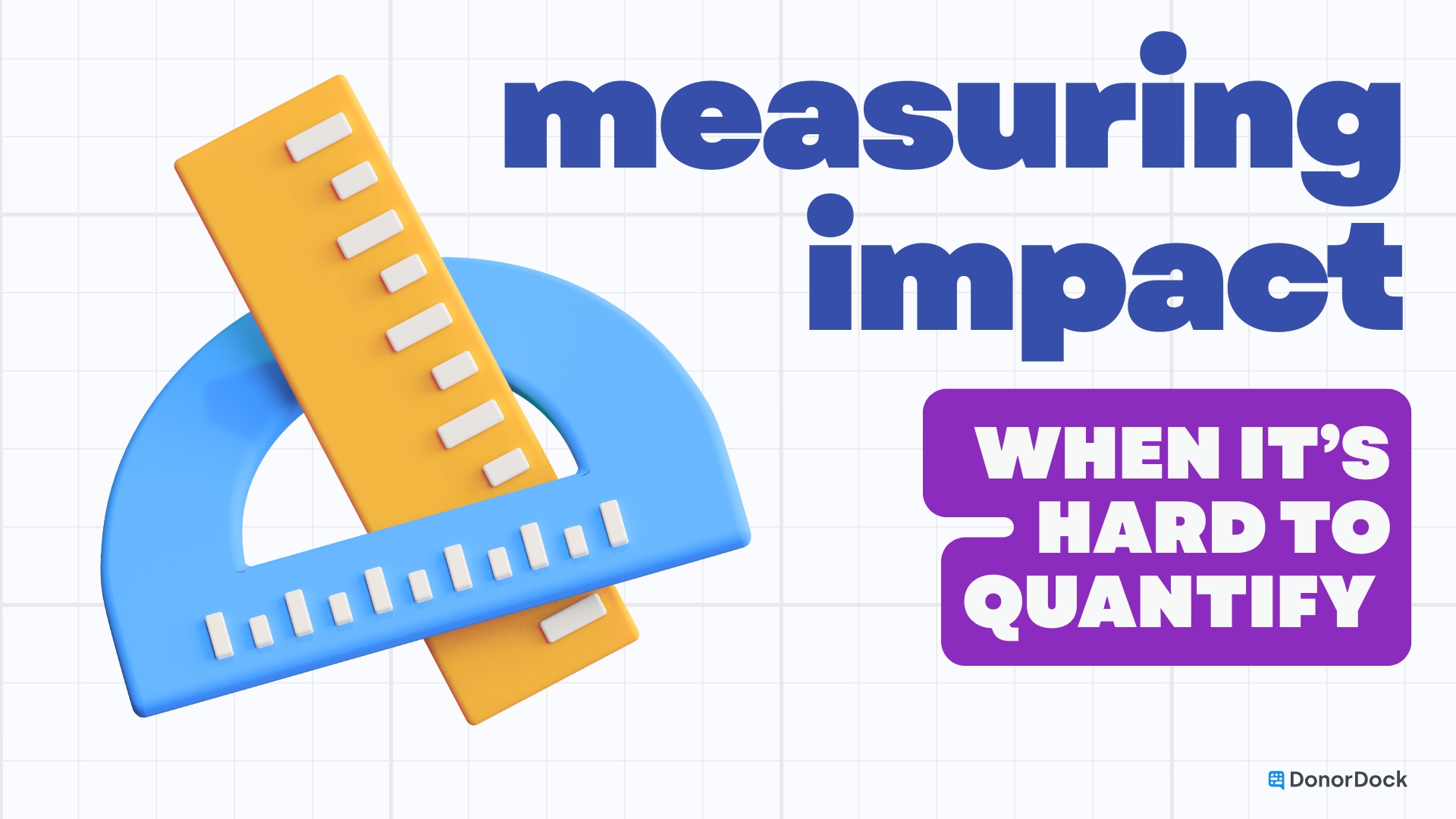Introduction
When it comes to managing finances, traditional accounting methods fall short for many nonprofits, which is why fund accounting is a helpful tool to keep in your back pocket. Nonprofits need a unique approach that focuses on tracking and allocating money to different funds. Unlike a for-profit business where growing profitability is the priority, in a nonprofit the focus is on accountability and transparency. Donors expect to see the money they donated used appropriately and for its intended purpose.
Fund accounting for nonprofits goes beyond standard bookkeeping. For most nonprofits, it is well worth the cost to find a professional who is able to help you navigate the details of fund accounting. Whether you're new to the field or have been running a nonprofit, we’ll help you understand the basics of fund accounting, why it’s important, and how it can benefit you!
Accounting 101
Before diving into fund accounting, let’s cover the basics of general business accounting. Any for-profit or nonprofit organization needs to track five areas.
Assets - Things you own
Liabilities -Money you owe
Income -Money you receive
Expenses -Money you spend
Equity -Overall worth

If an org has a good handle on these numbers, it’ll have a clear picture of where they stand financially. Because a for-profit business only needs to show profitability, this type of accounting works really well. But nonprofits need to show more than profitability. Nonprofits also need to be transparent and show accountability. With fund accounting, nonprofits show where they used the money they received. This makes it a fantastic solution!
Fund accounting for nonprofits: the basics
So what is a fund?
A fund is any area in your nonprofit that needs to be tracked separately from the general fund. This includes things like grants, restricted or temporarily restricted funds, scholarships, campaigns, or dollars raised for specific projects. A couple of common examples you might see in the nonprofit world:
- a building fund
- a benevolence fund
- a scholarship fund
- mission fund
- giving fund
- special project fund
The list is pretty limitless!
Here’s a simple test to determine if something is a fund. Ask yourself, “Do I need to know how much money is set aside for and spent on _____?” If the answer is yes, then it’s likely a fund!
Now that you know what is considered a fund, it’s time to assess the funds your nonprofit has. After you’ve done that, it’s time to:

Assign donations to their specific fund
If a donor gives a generous gift intended to go toward a mission fund, that money must be used for the mission fund. If you receive a grant to help you remodel, you must use that money for your building project. Assign donations to specific funds as you receive them so that you know they are being used for the correct purpose. This simplifies your finances and makes fund accounting for your nonprofit much easier. Future you will thank current you for your forethought!
While it may be cheaper to manually designate gifts to a specific fund, there are plenty of nonprofit donor management systems that integrate directly with QuickBooks or other accounting software. These systems offer valuable time savings. Because many automatically assign donations to their intended fund immediately after you accept a donation, you get to take tasks off your plate.
Manage each fund like a separate organization
Instead of treating all income and expenses as a single pool, manage each fund like it is its own organization. Once you’re assigning donations to their specific fund that means your fund’s income is being tracked. You’ll also track the assets and debts associated with that fund. Do you have any funds in savings or items of value that belong to that specific fund or project? If so, make sure those are also assigned to that fund.
This is the same for any debts or money you owe. And when you have an expense come up for that project or area, you would also track it within the fund. When you receive a $10,000 gift for a special project, it is accounted for in its fund. Then when you spend $2,500 on part of that project, you see that you still have $7,500 left to go toward that project.
Fund accounting in action
So what does this actually look like?

Let’s imagine you run a nonprofit summer camp that helps children in underserved communities. You have your general operating budget, but you also have a scholarship fund that helps cover the cost of camp attendance. Then you get a grant to renovate your camp’s bunkhouse.
Fund accounting answers the question: how you are able to record the receipt of money for your general operating budget, scholarship fund, and grant separately? With fund accounting, each of these funds would have its own separate list of assets and income. You keep their records separate from one another.
But how are you going to record the expenses that use this money? When you spend $500 to help a kid come to camp, that money is counted as an expense under the scholarship fund. And when you reroof a cabin count that $5,000 as an expense under the grant fund.
Now, you’ll know how much is left to spend in each fund!
The Importance of Fund Accounting
Accurate reporting for donors and board members
One of the main reasons nonprofits use fund accounting is to provide accurate financial reports to donors and board members. With separate funds, nonprofits show how their resources are used to advance their mission.
Often donors expect to see their donations used in specific ways. They want to know that their dollars are actually advancing your mission and doing good in the community. While you know you are doing good with the donations you’ve been given, donors aren’t a part of the day-to-day operations. Unless you show them, they don’t have a clear picture of what is happening inside your nonprofit.
With transparent accounting, you build trust with your supporters. You paint the picture of how donor dollars are being used to do good.
Compliance with regulatory requirements
Fund accounting also helps nonprofits stick to the different standards they are required to meet by ensuring proper reporting of funds. Whether it's following grant restrictions or other accounting standards, nonprofits can easily show they are complying.
Better decision-making
By tracking funds separately, nonprofits gain valuable insights into the financial health of individual programs or projects. This lets nonprofit leaders make informed decisions when it comes to budgeting, planning, and running their org. When you have both a big-picture view of the nonprofit and a detailed view of specific funds, you’re better able to understand the financial impact of each activity.
In the nonprofit world, we aren’t just weighing the financial impacts of our decisions. But it is important to be able to assess whether a part of your organization is adding as much value to your community as it is costing to put in action.
Fund accounting best practices
Successful fund accounting relies on nonprofit leaders following its basic principles.
Keep funds separate
As we’ve already learned, fund accounting requires separate funds based on their use and purpose. Create clear and distinct categories for each fund. Also, be sure to track expenses and income only under one fund. Sometimes an item might seem to fit several categories. While it might be tempting to put it under two areas, this will only complicate your accounting and make it difficult to know for sure what is in each account.
Update fund balances regularly
Accurate and up-to-date bookkeeping is very important in fund accounting for nonprofits. When data is up-to-date, it is easier to make quick decisions based on accurate information. Accurate fund balances also help with reporting and monitoring.
Conclusion
Fund accounting is a helpful way for nonprofits to manage their accounts because it allows for transparency and accountability. Because each fund is managed like its own organization, it’s easy to quickly assess how a fund is doing and make decisions around that data. By incorporating fund accounting, nonprofit leaders can share reports that show donors exactly how their gifts are being used.












